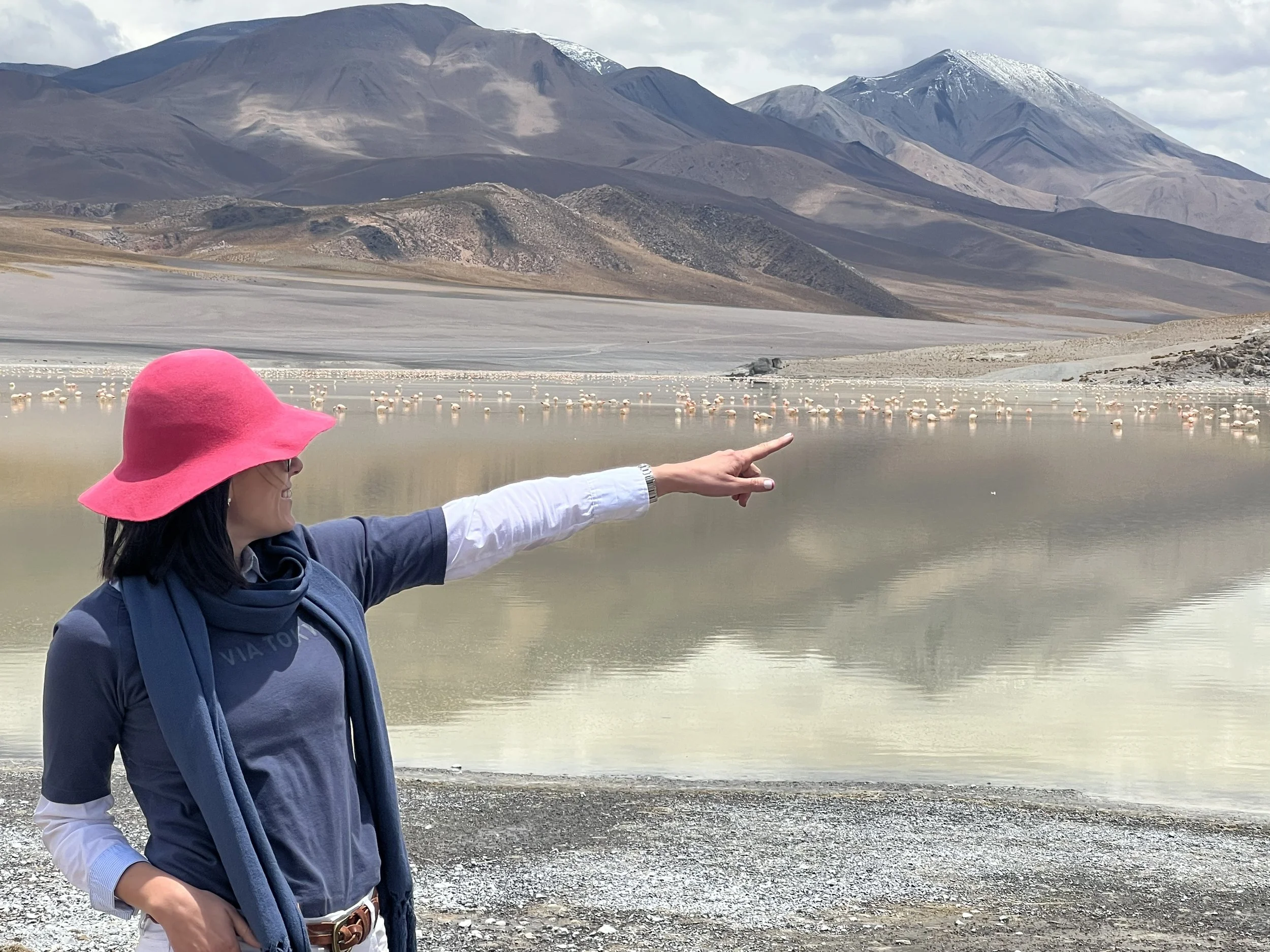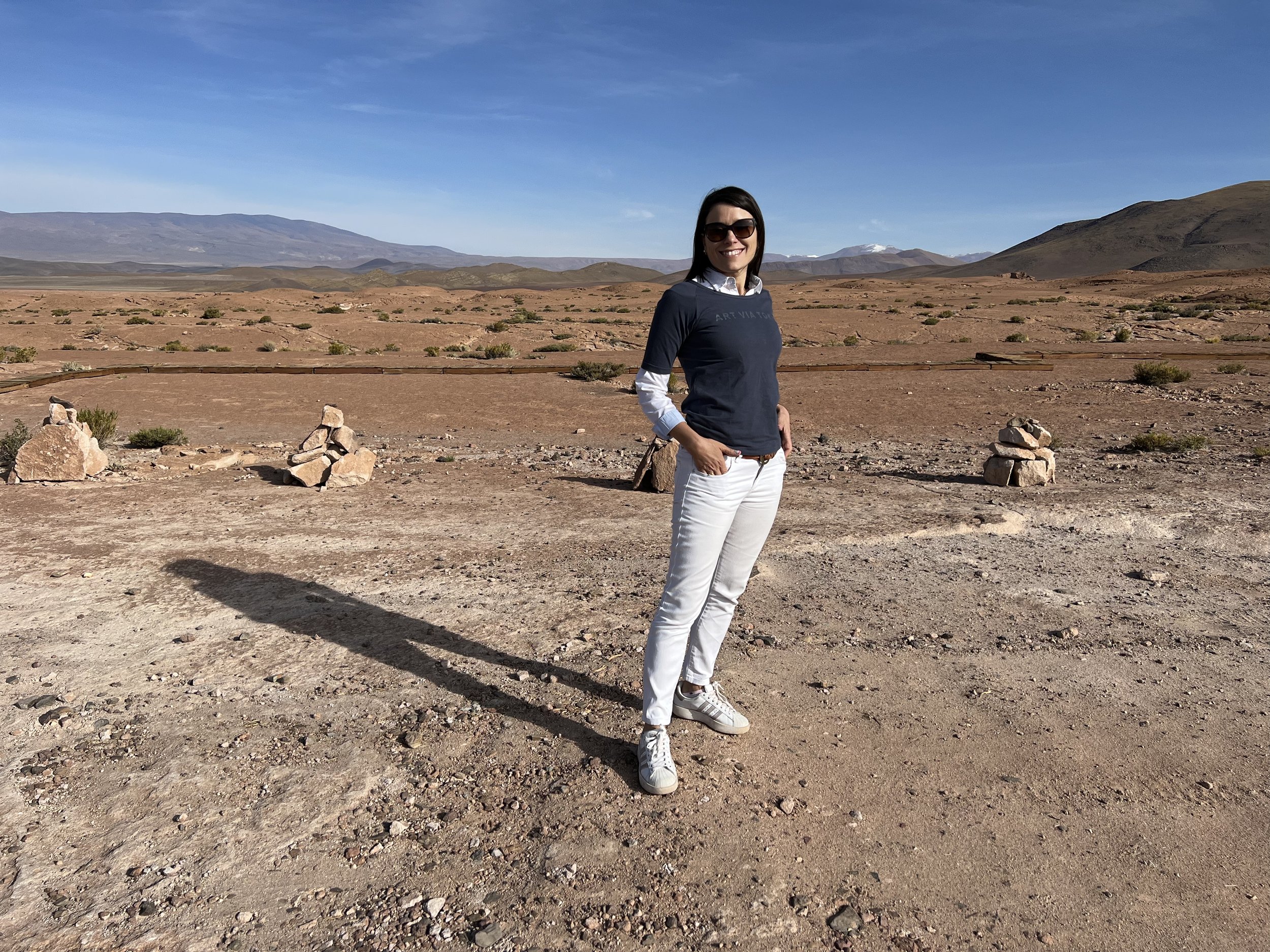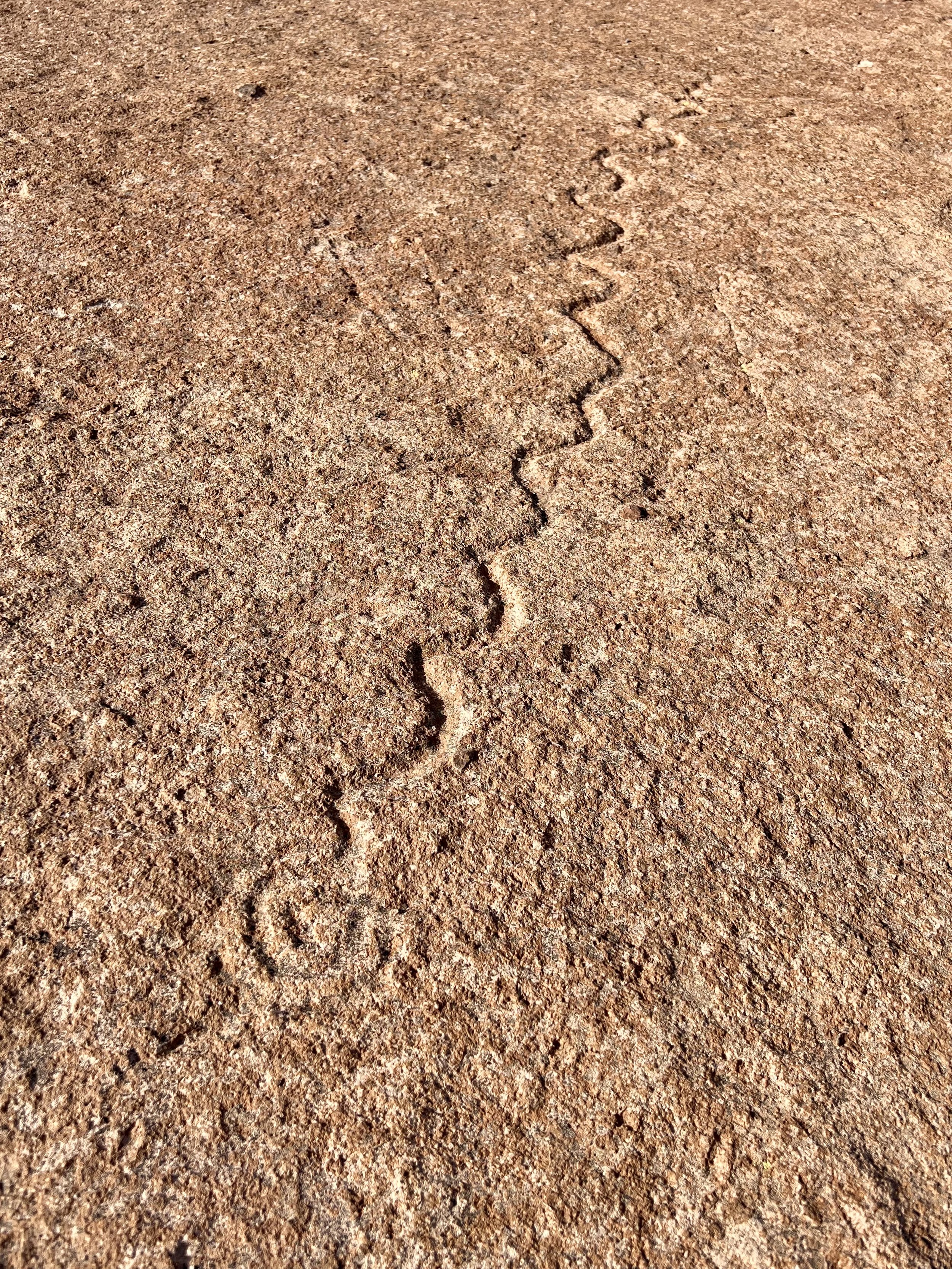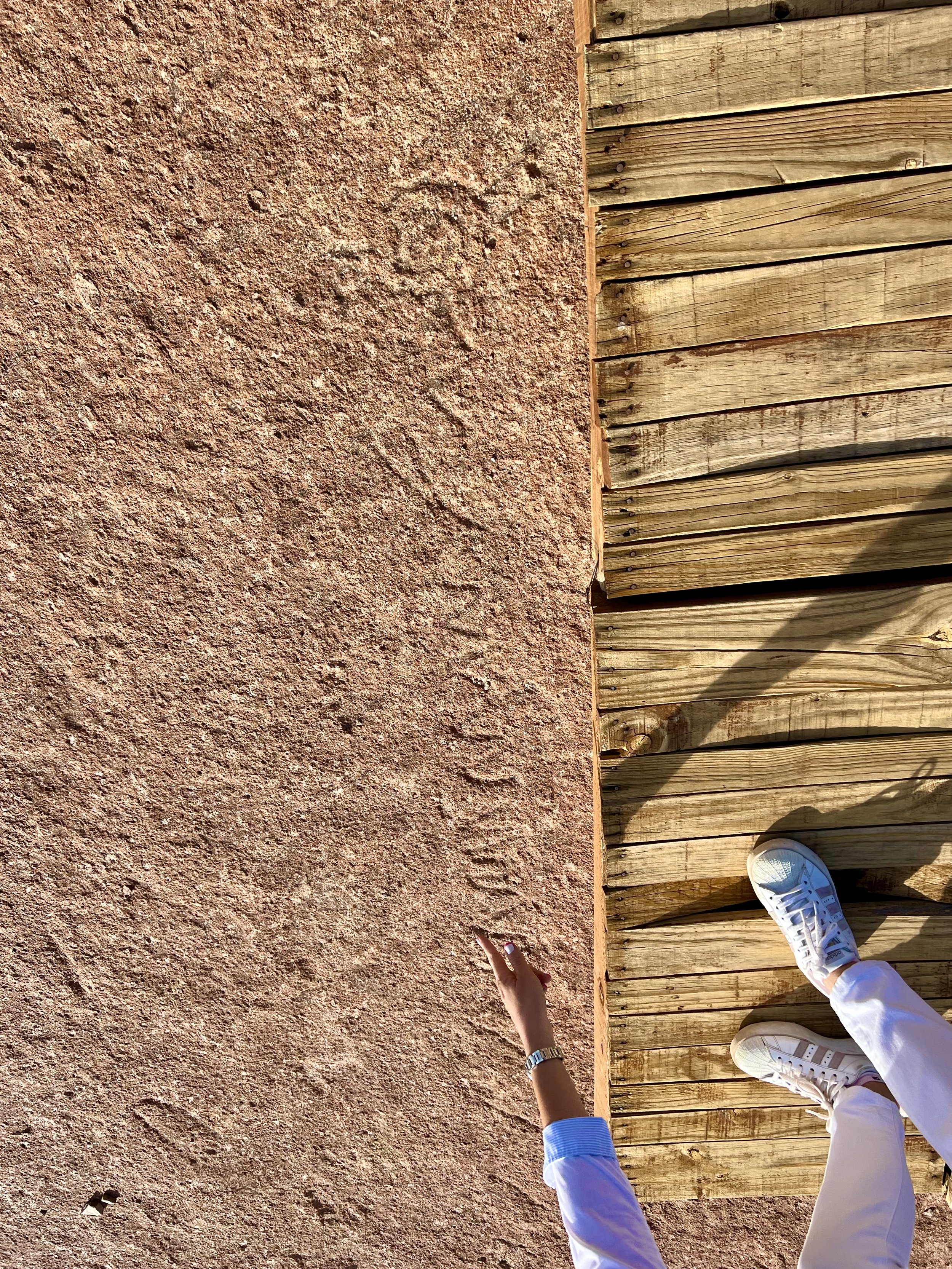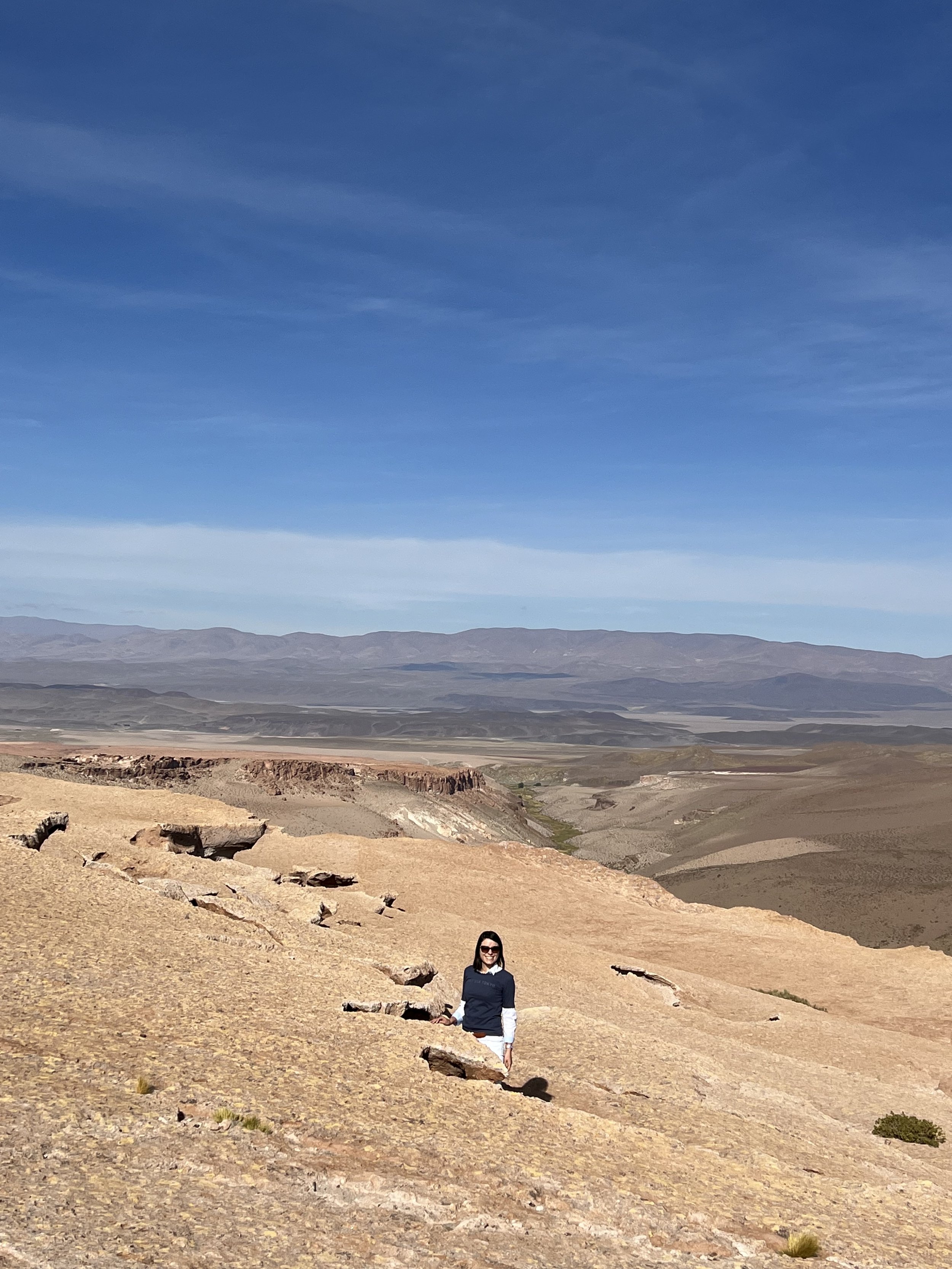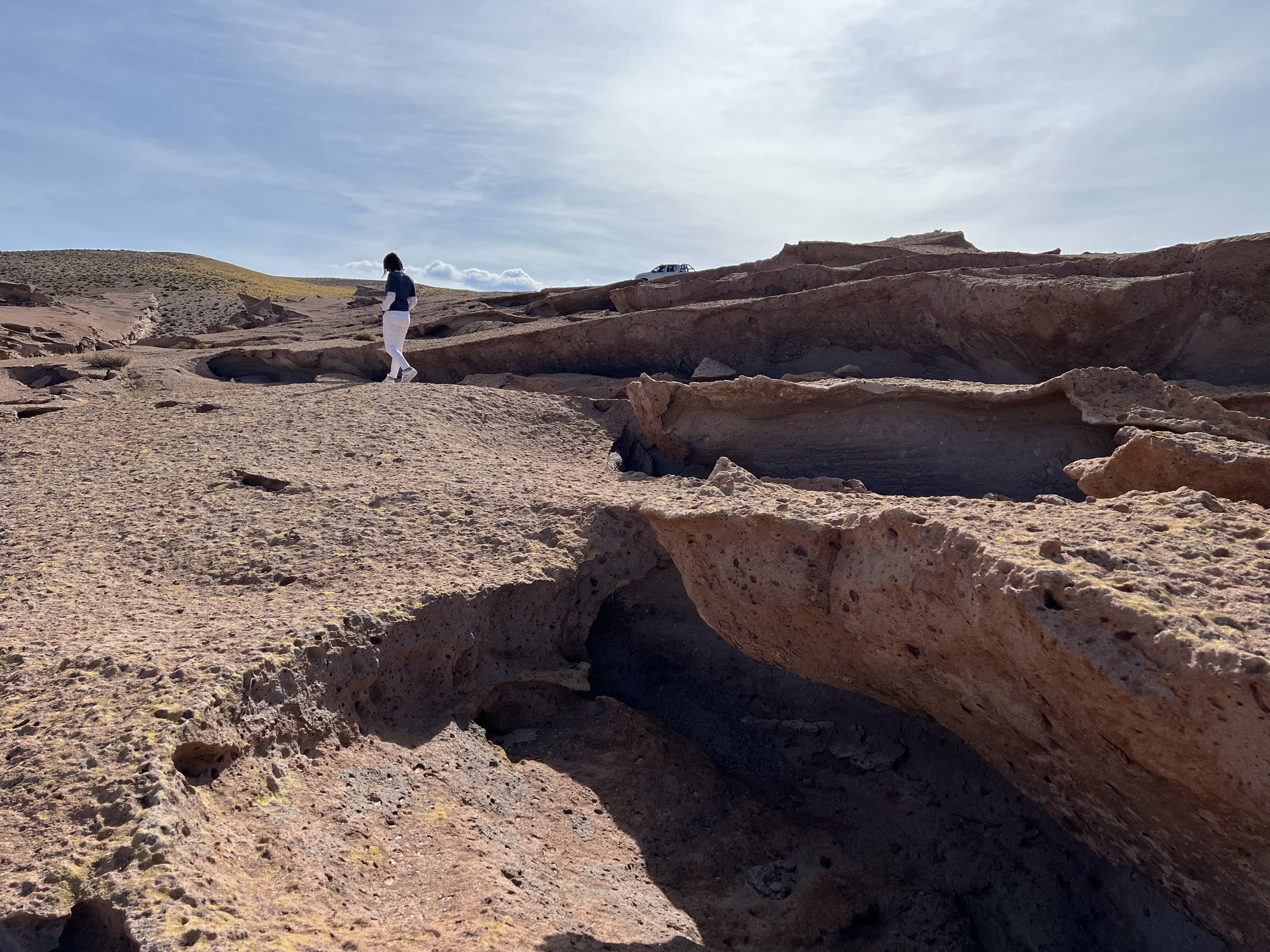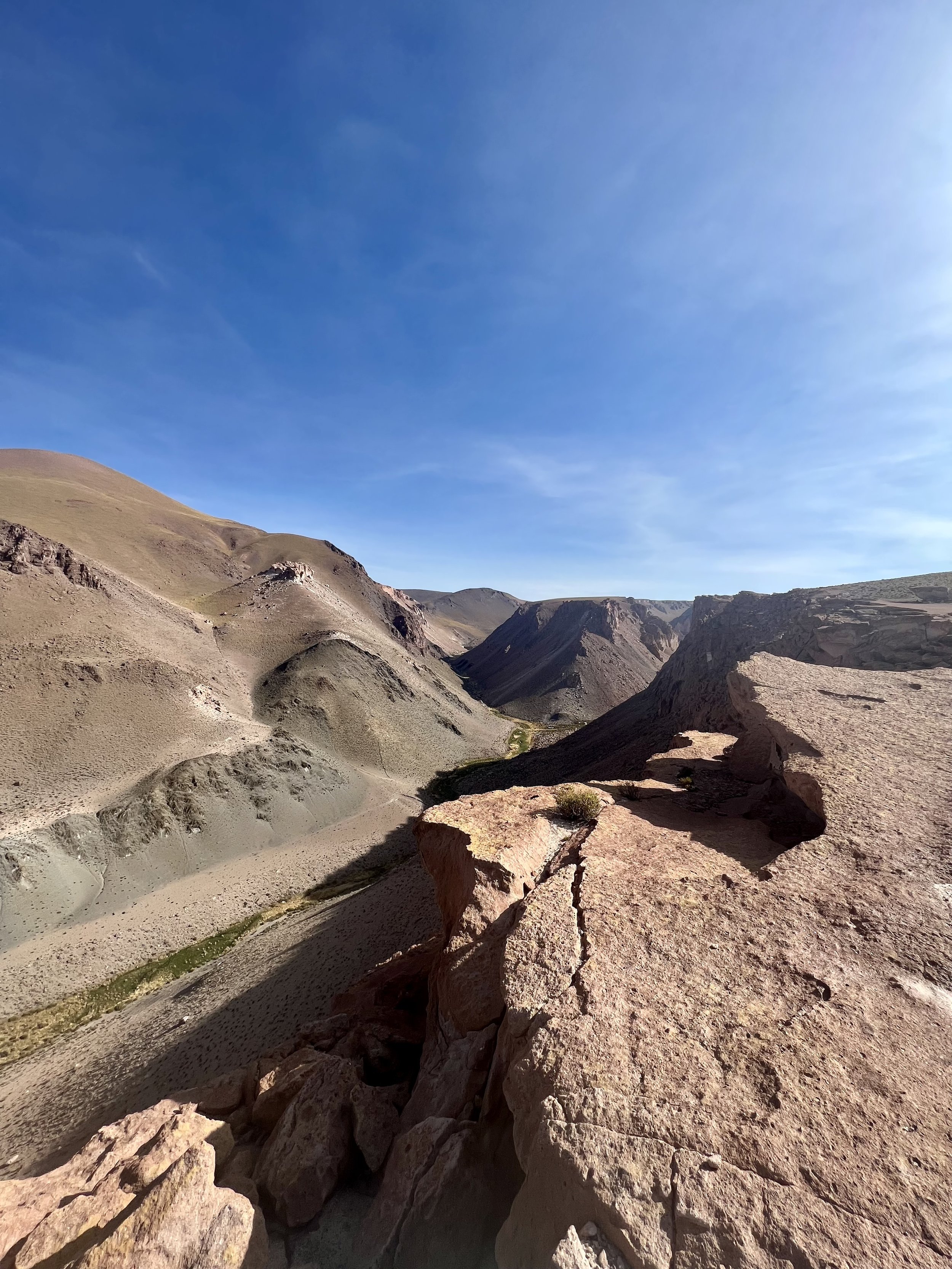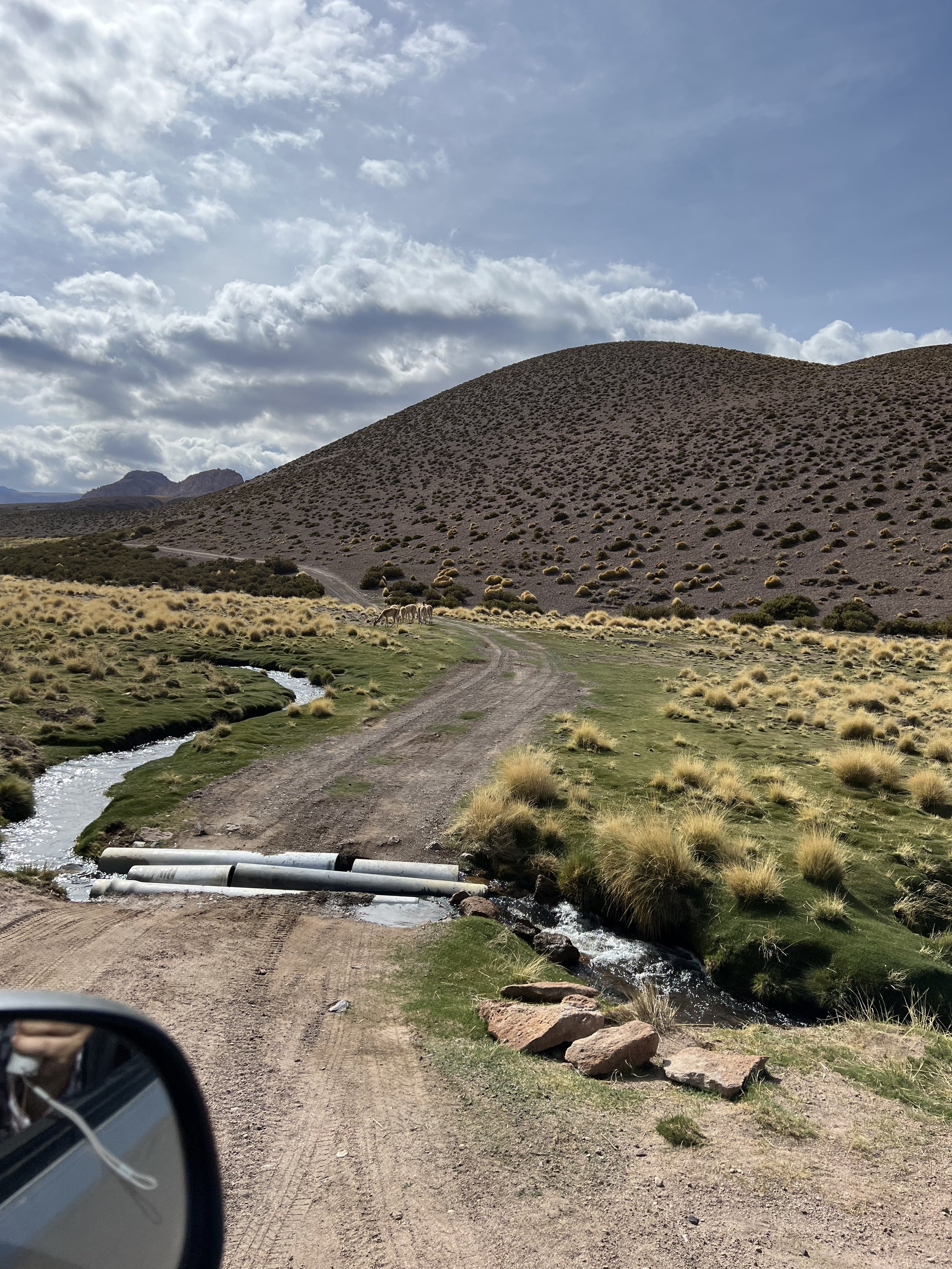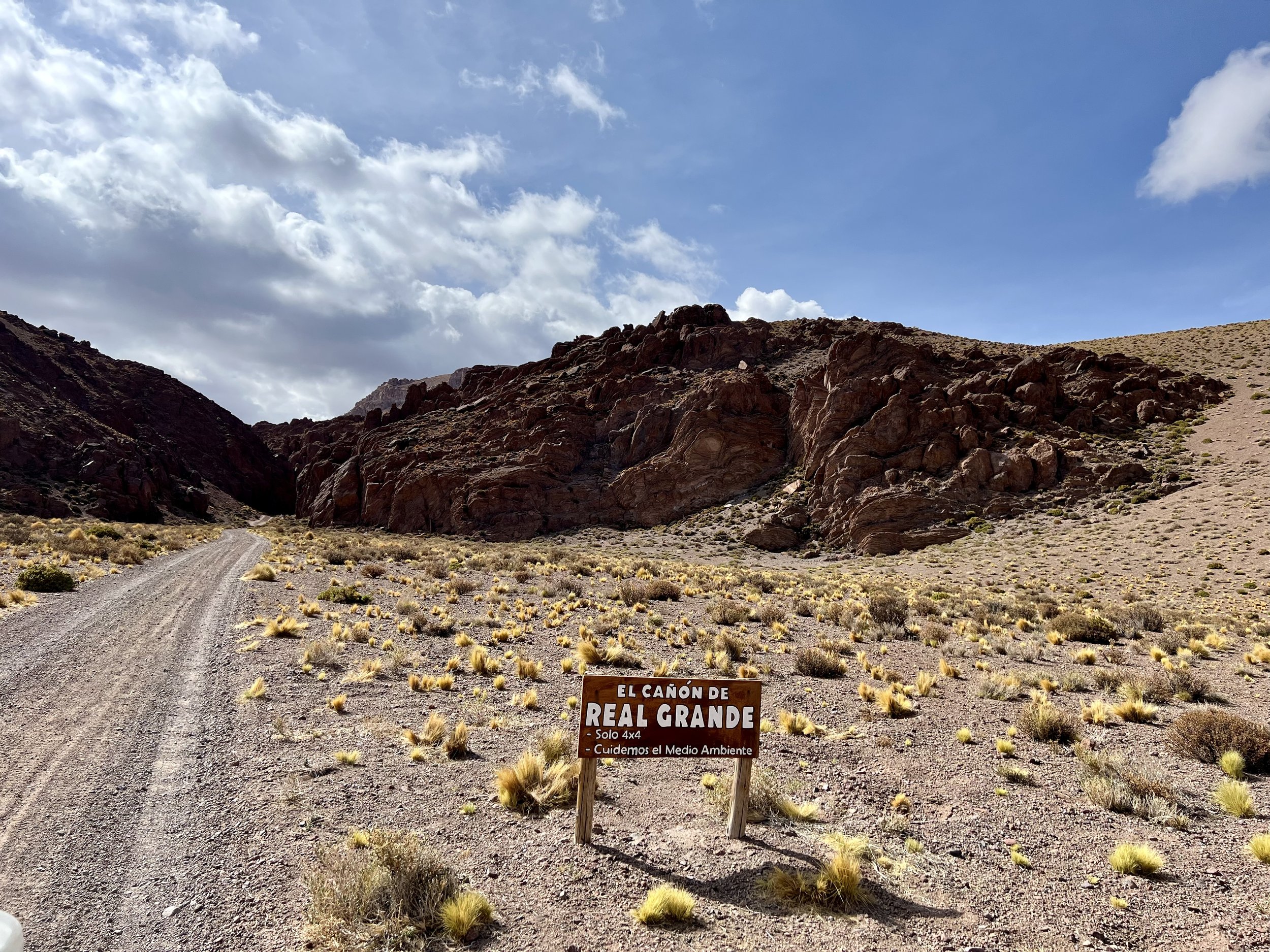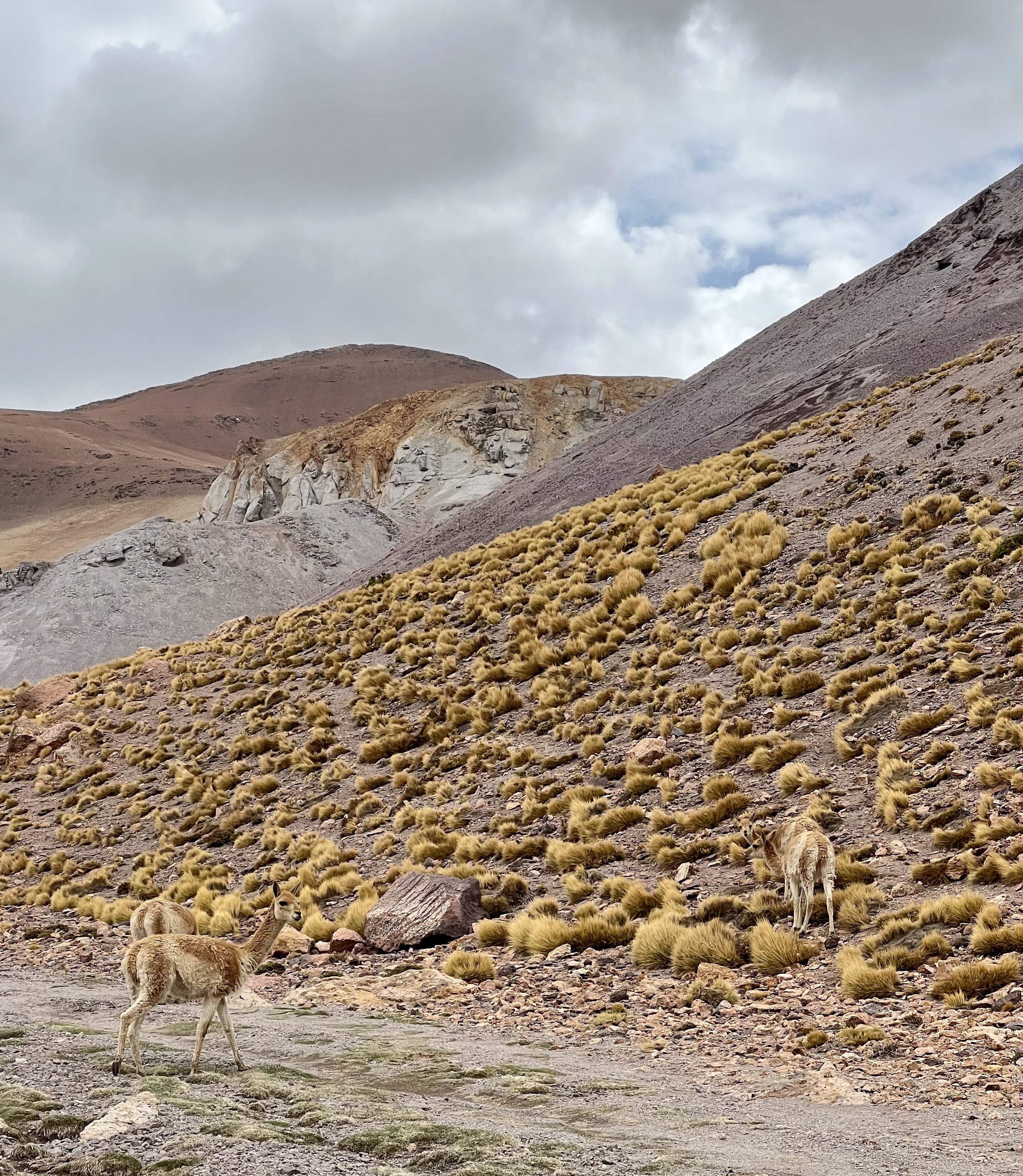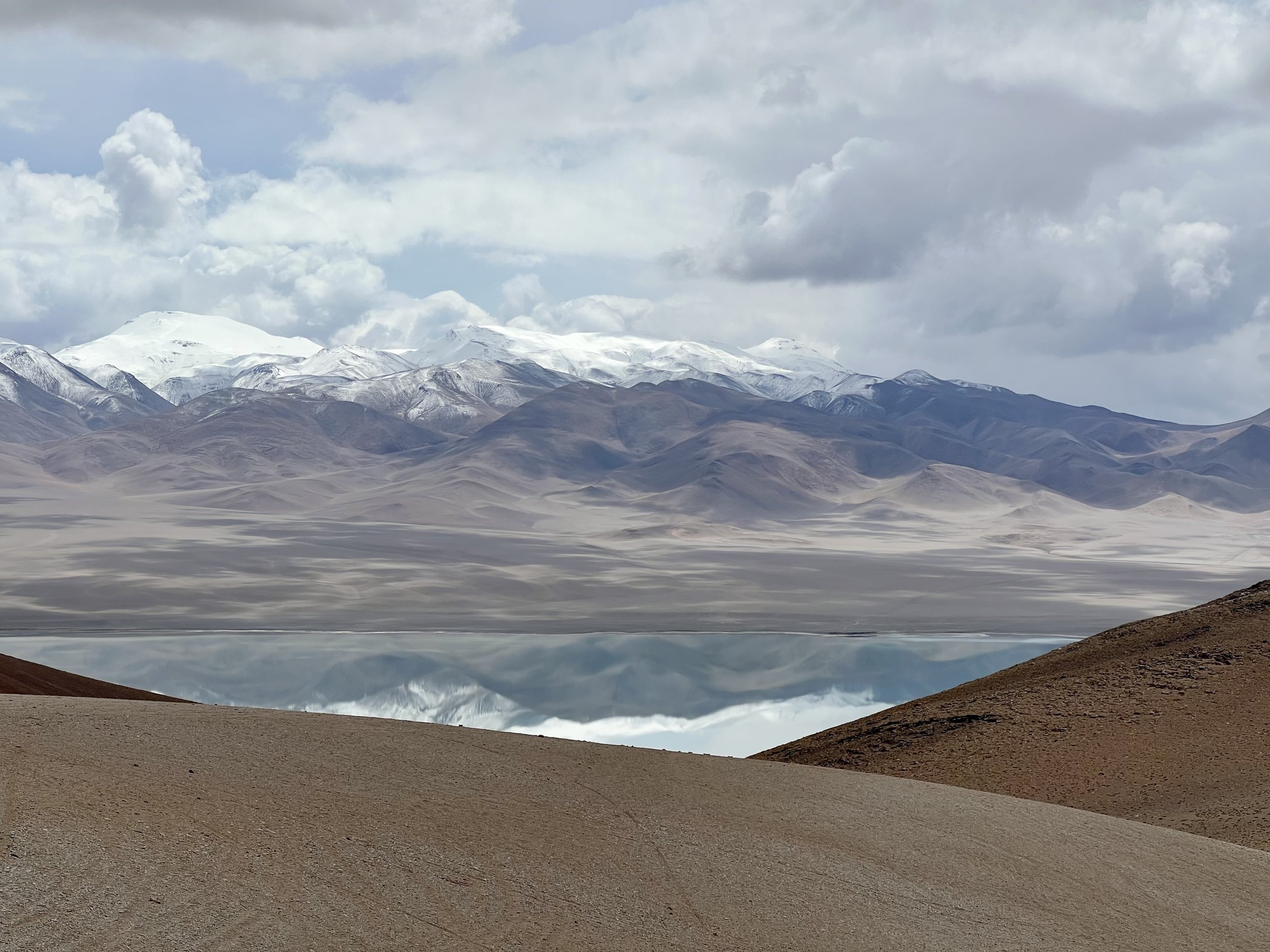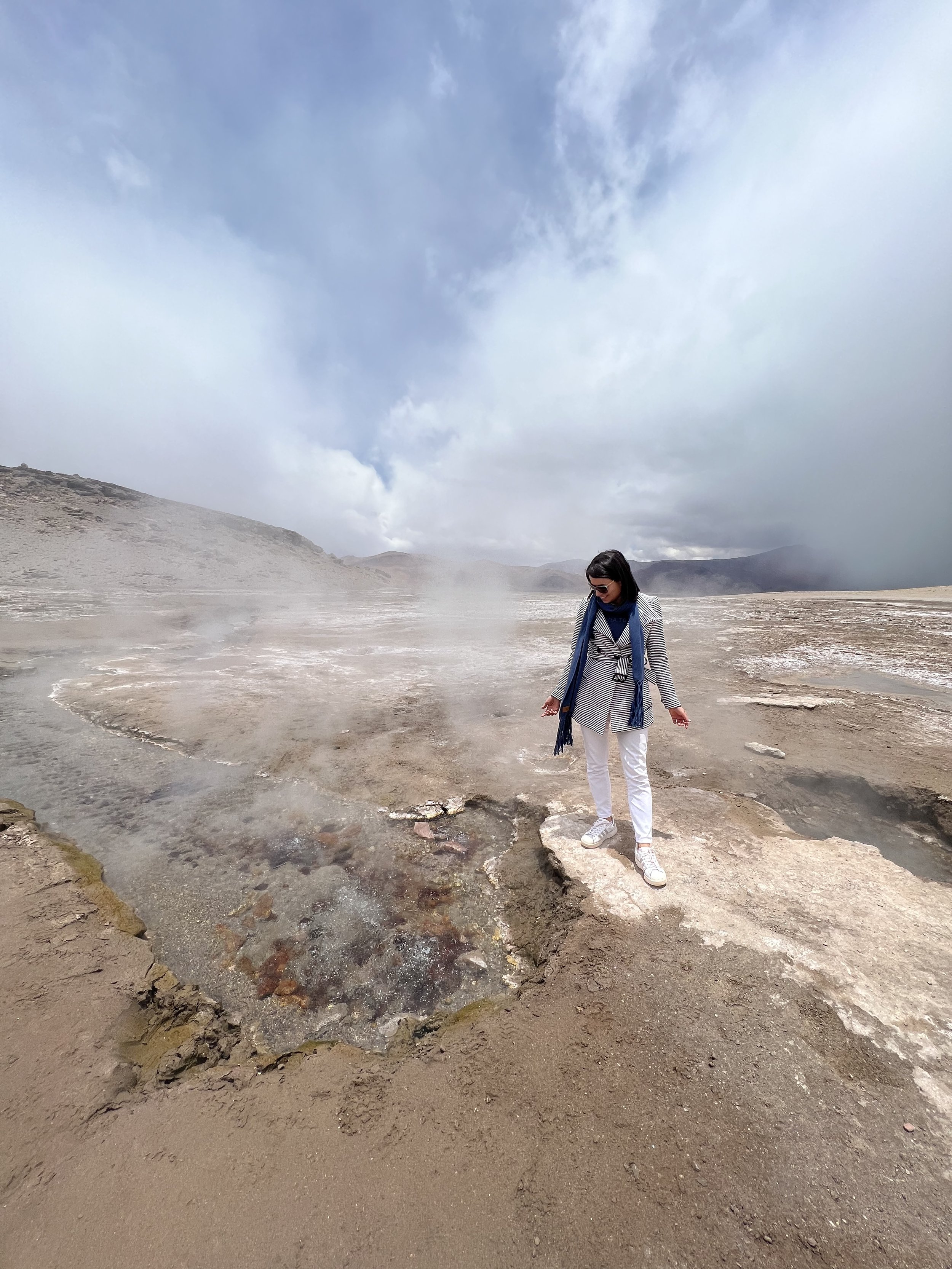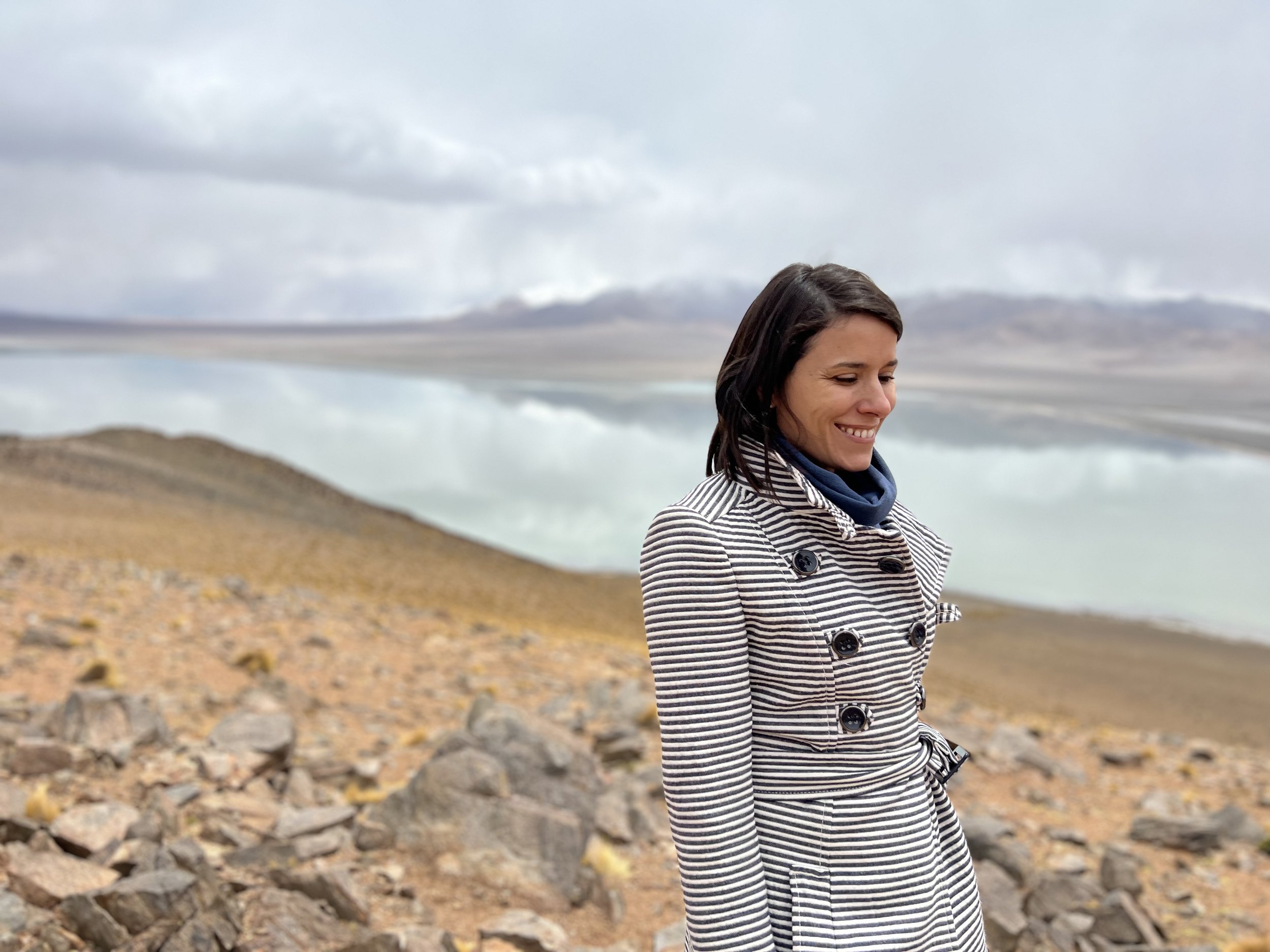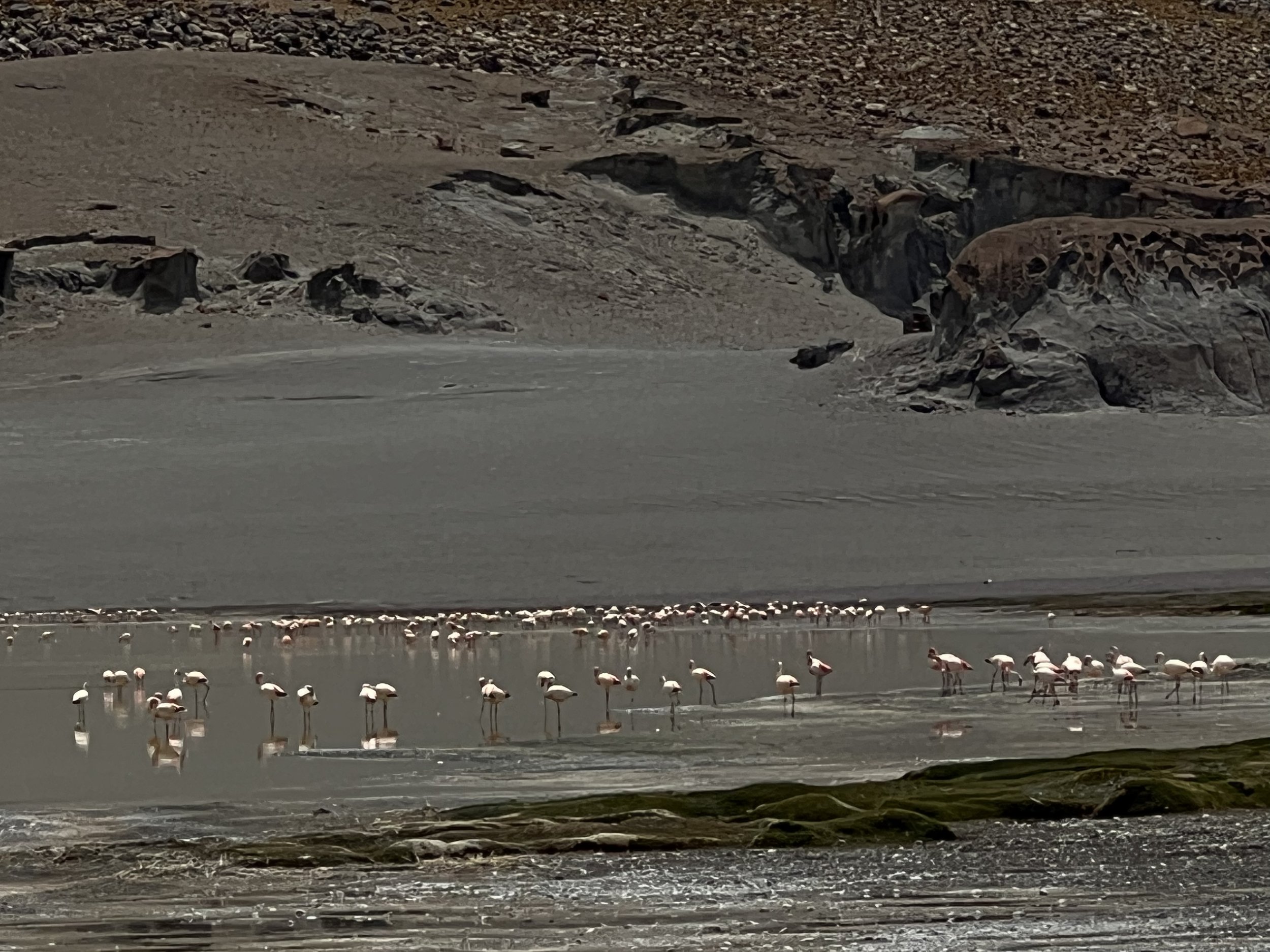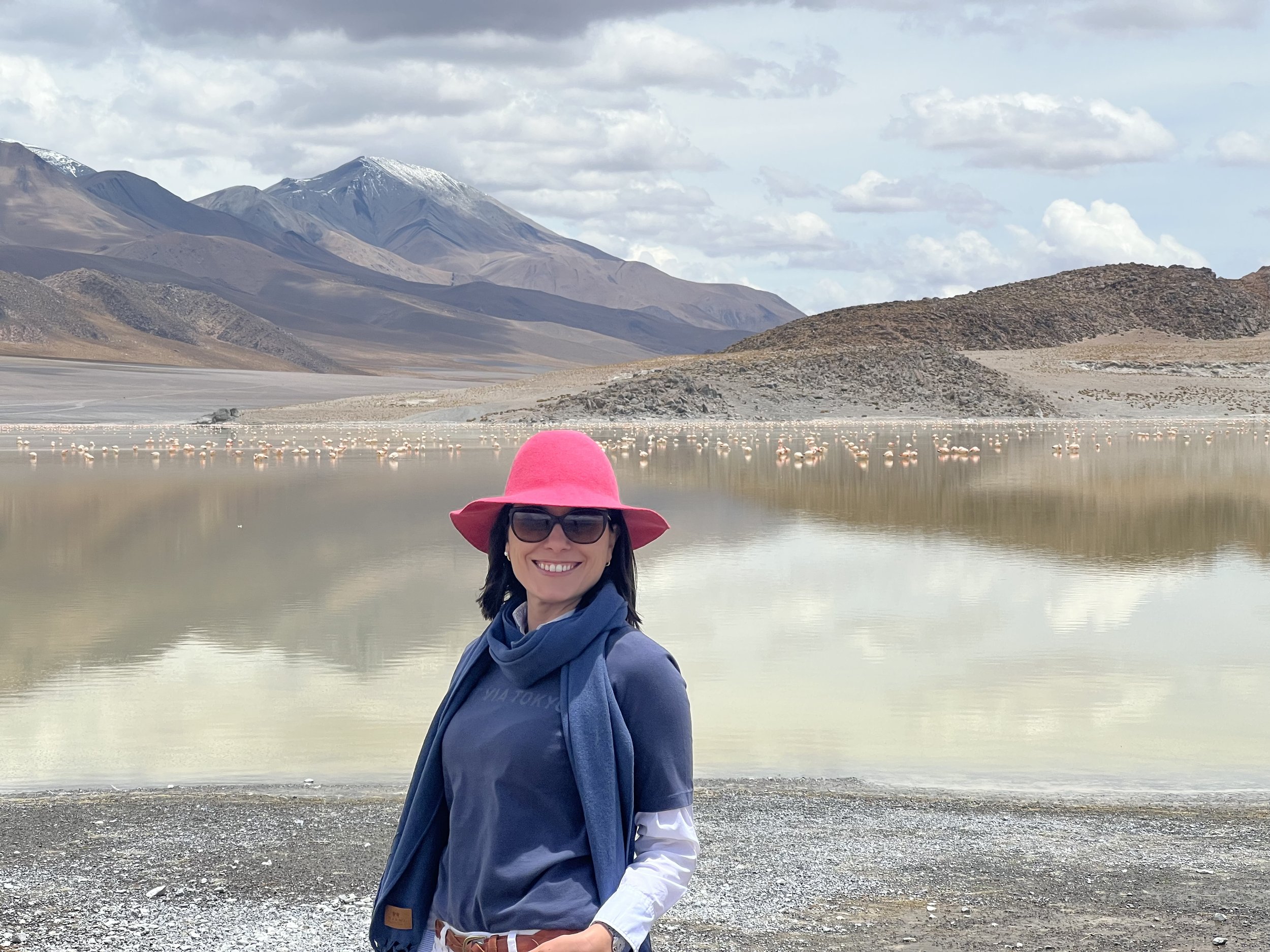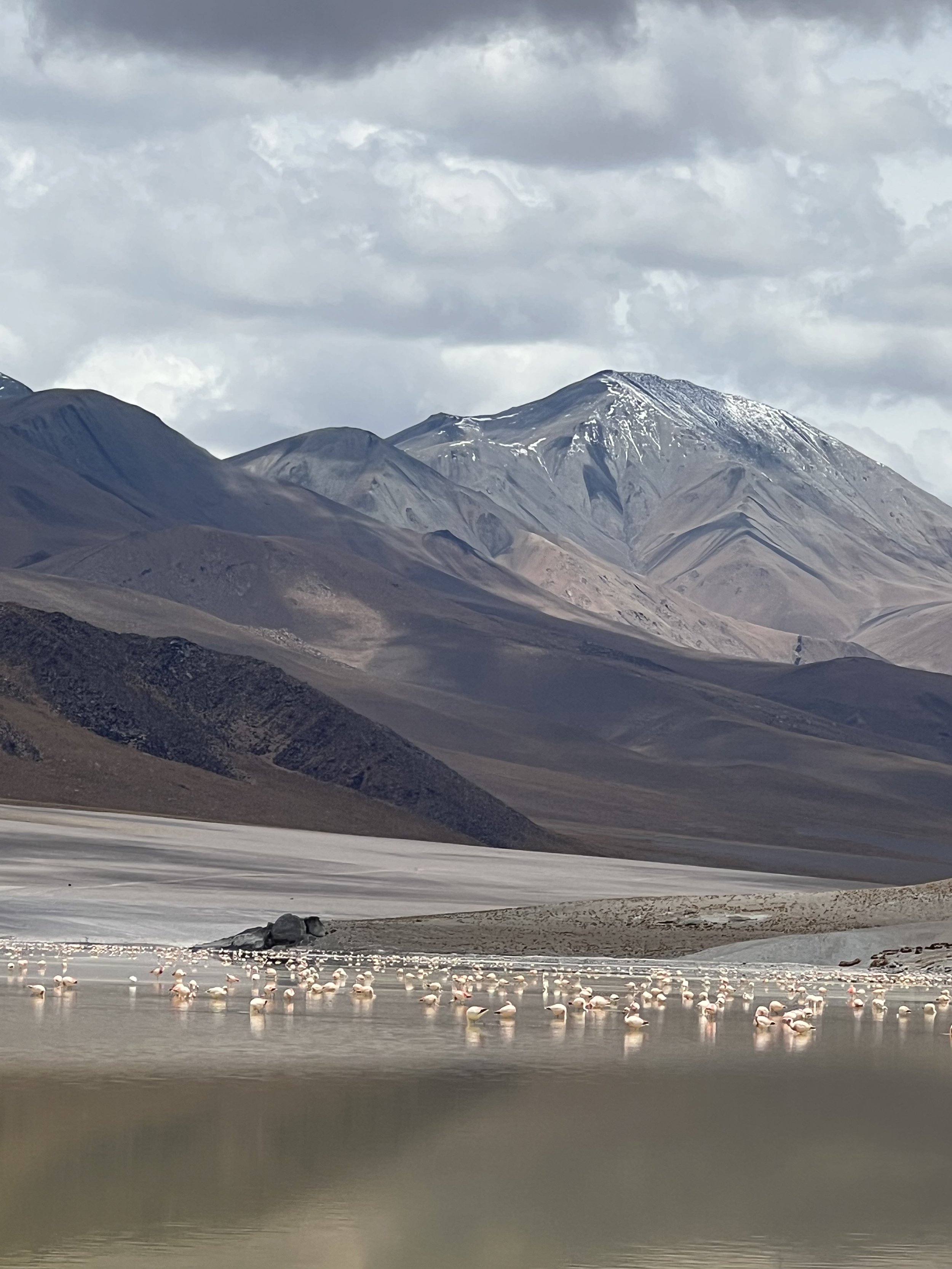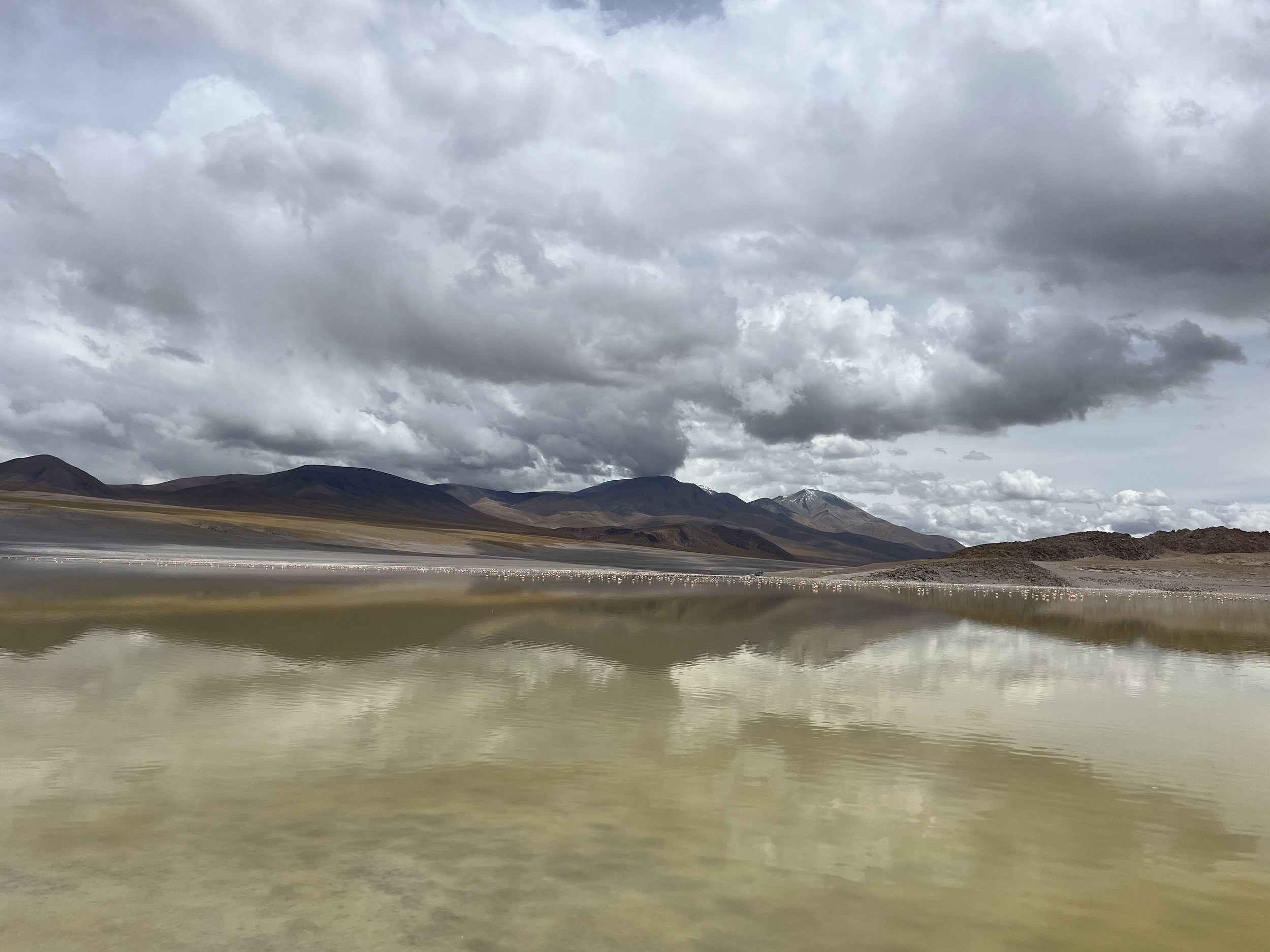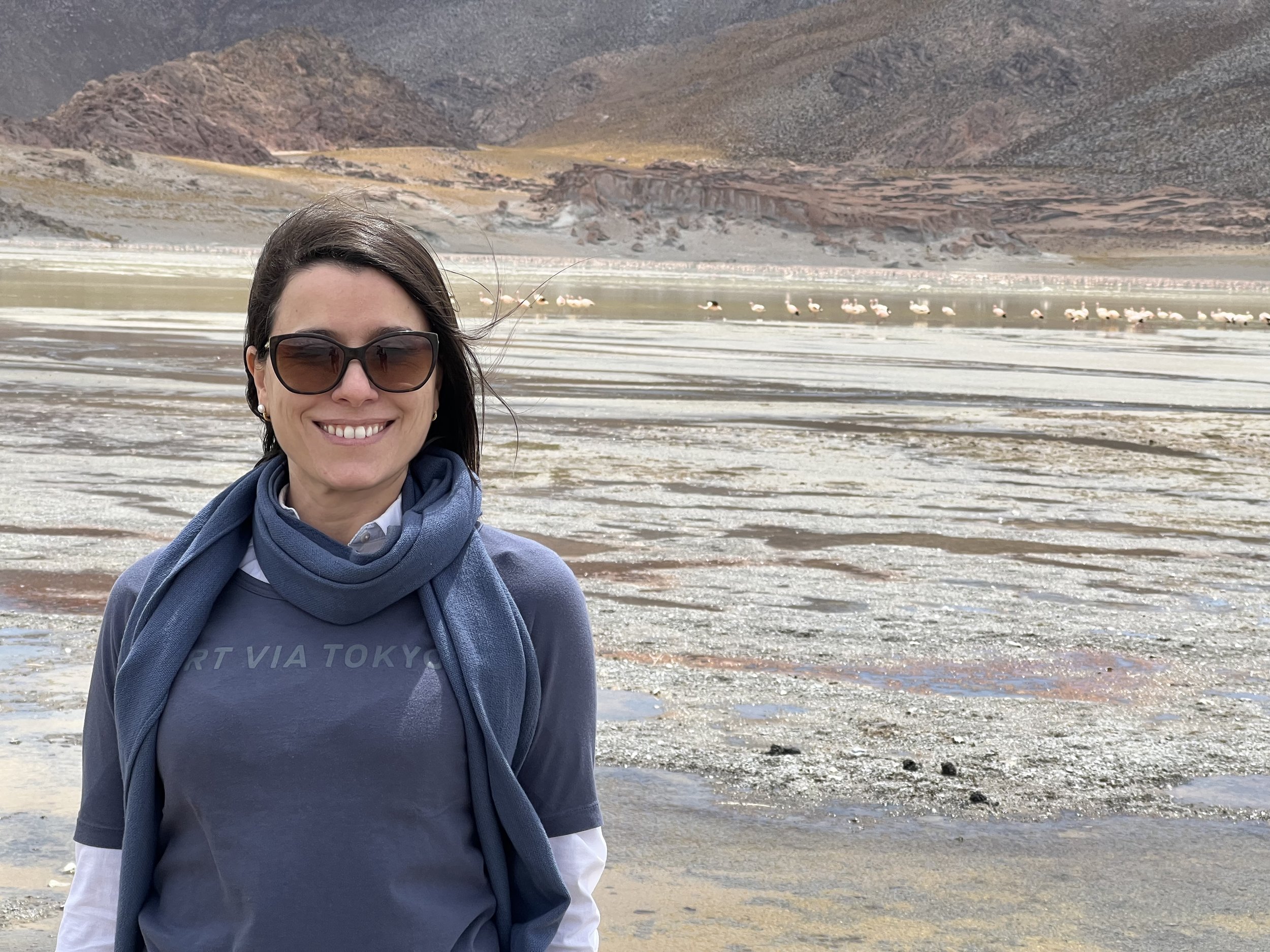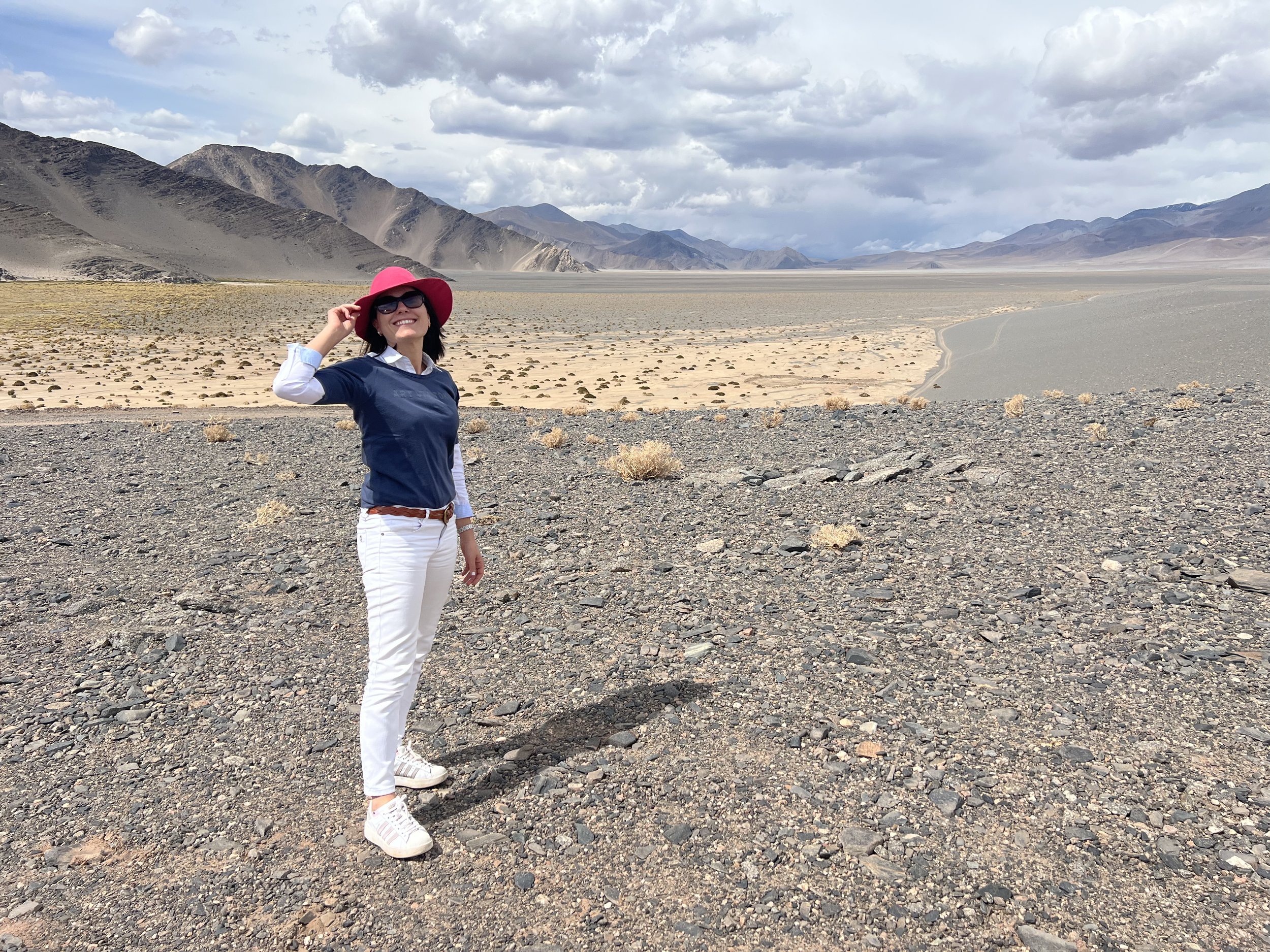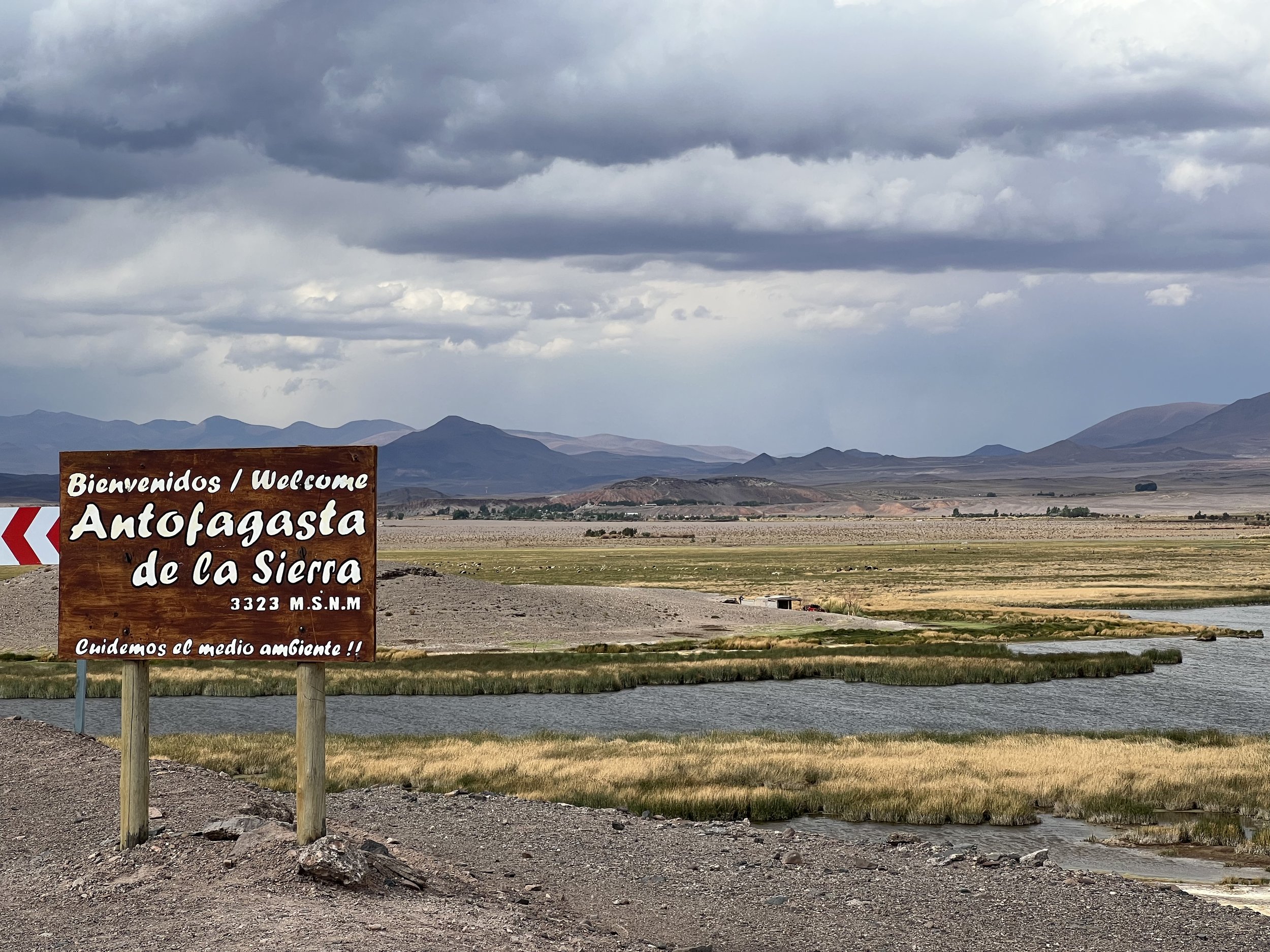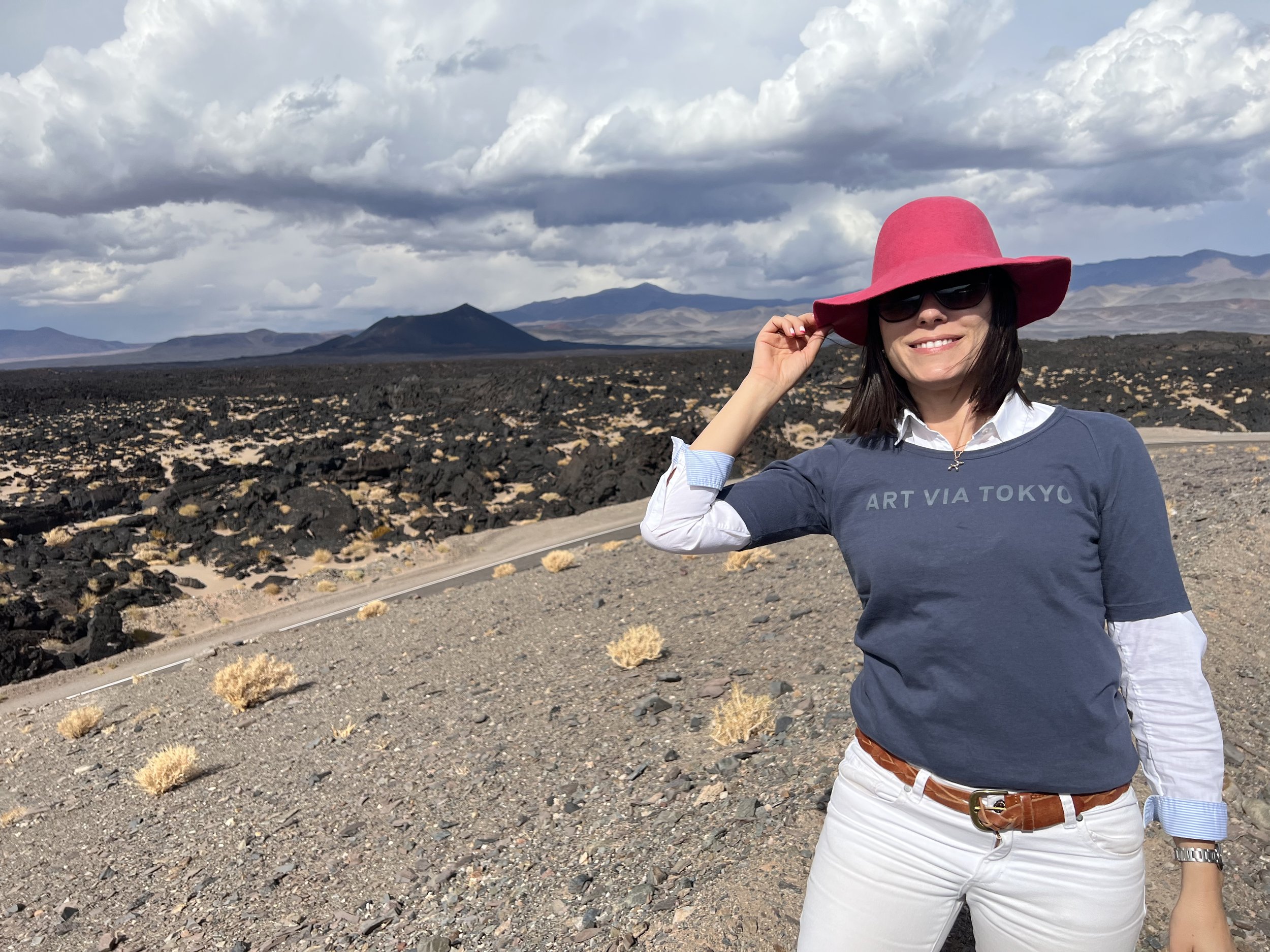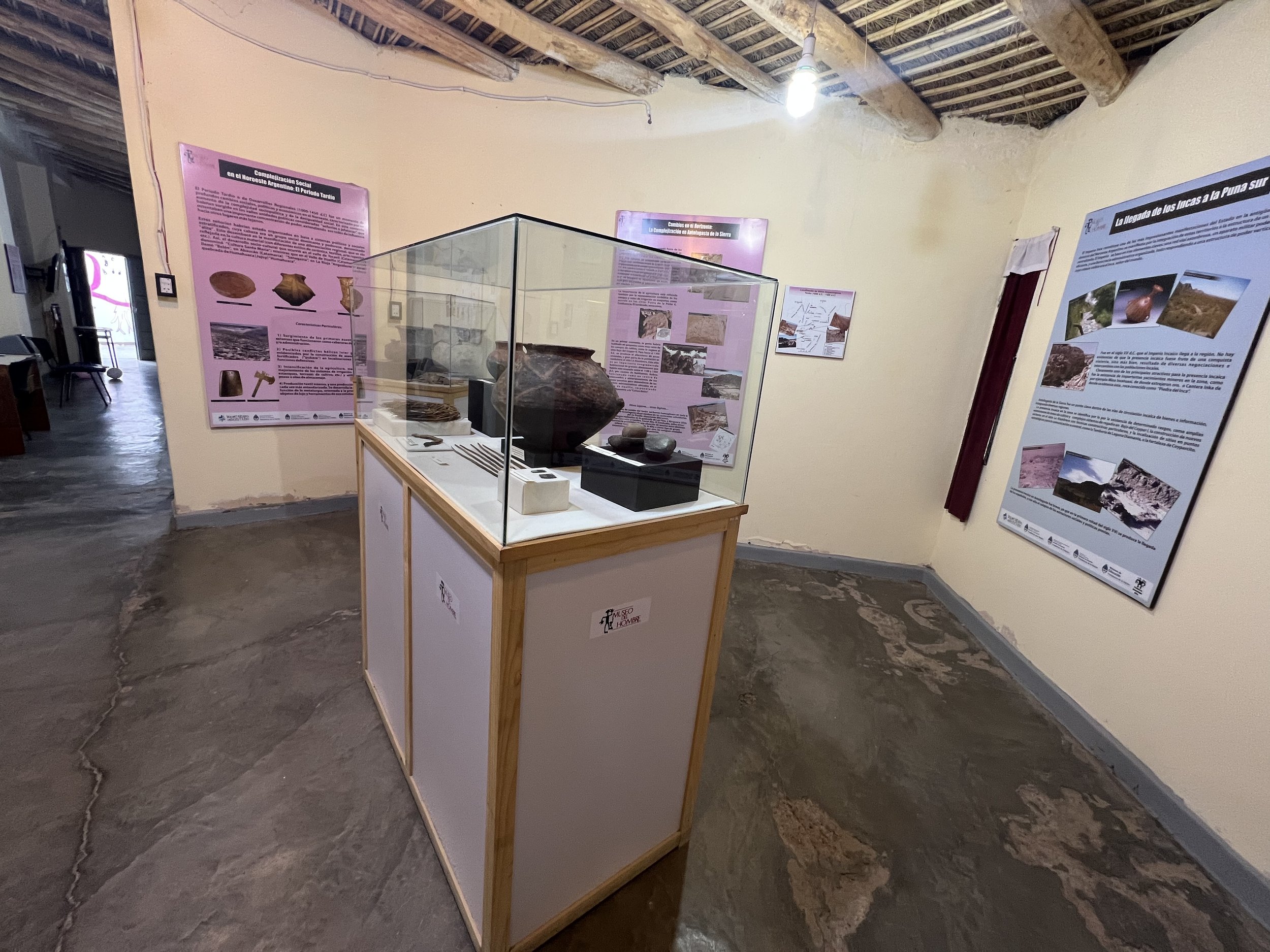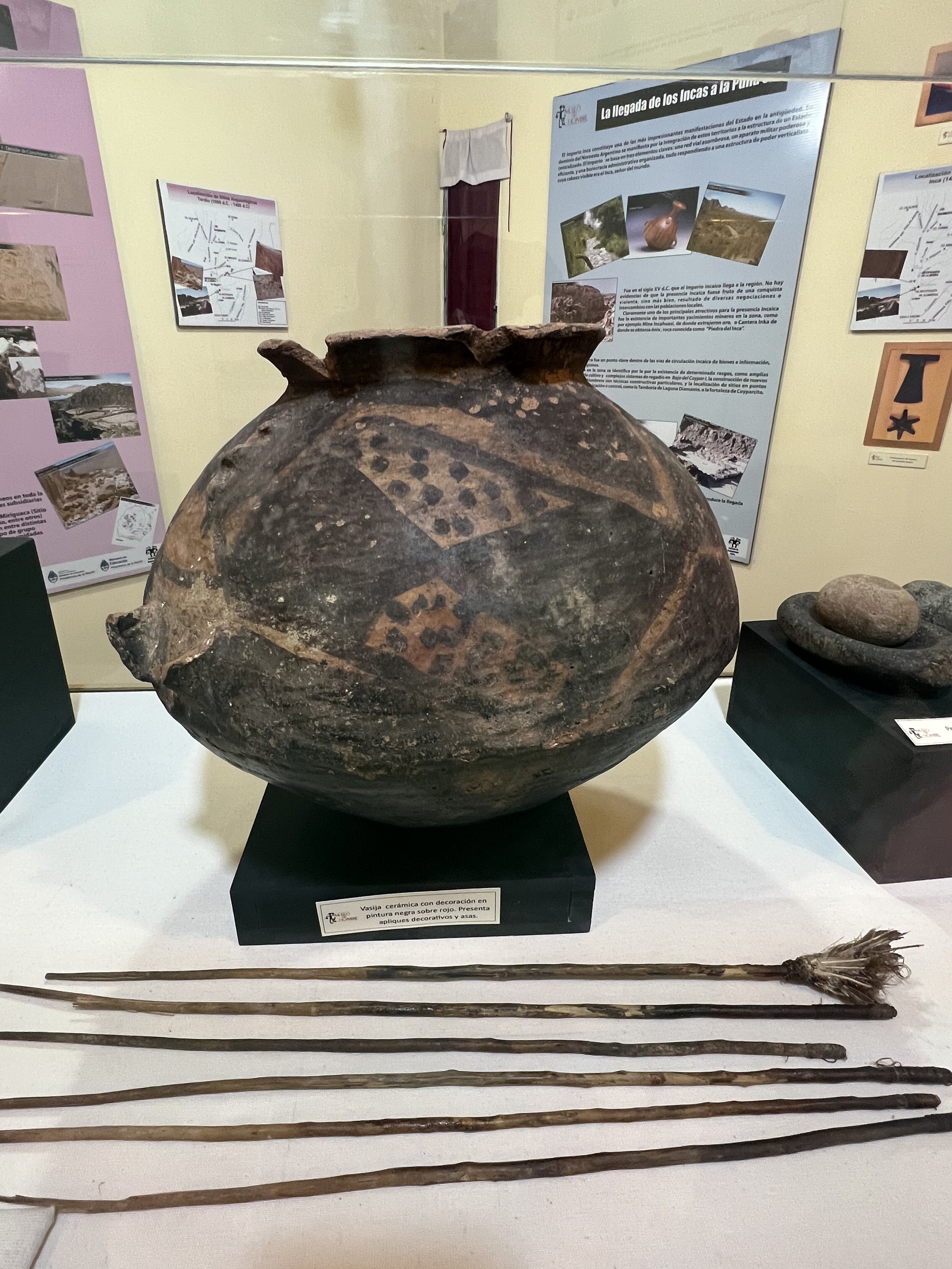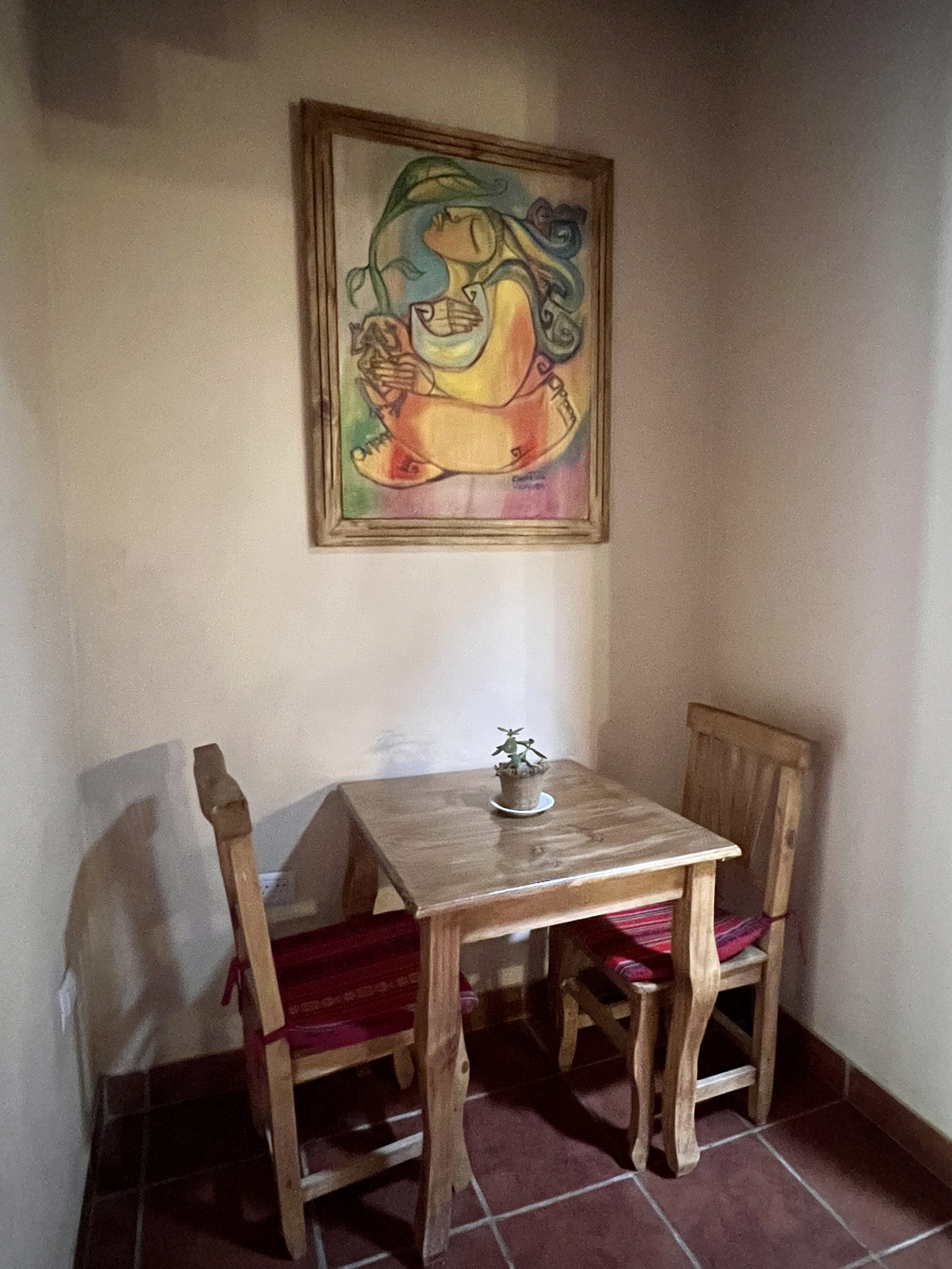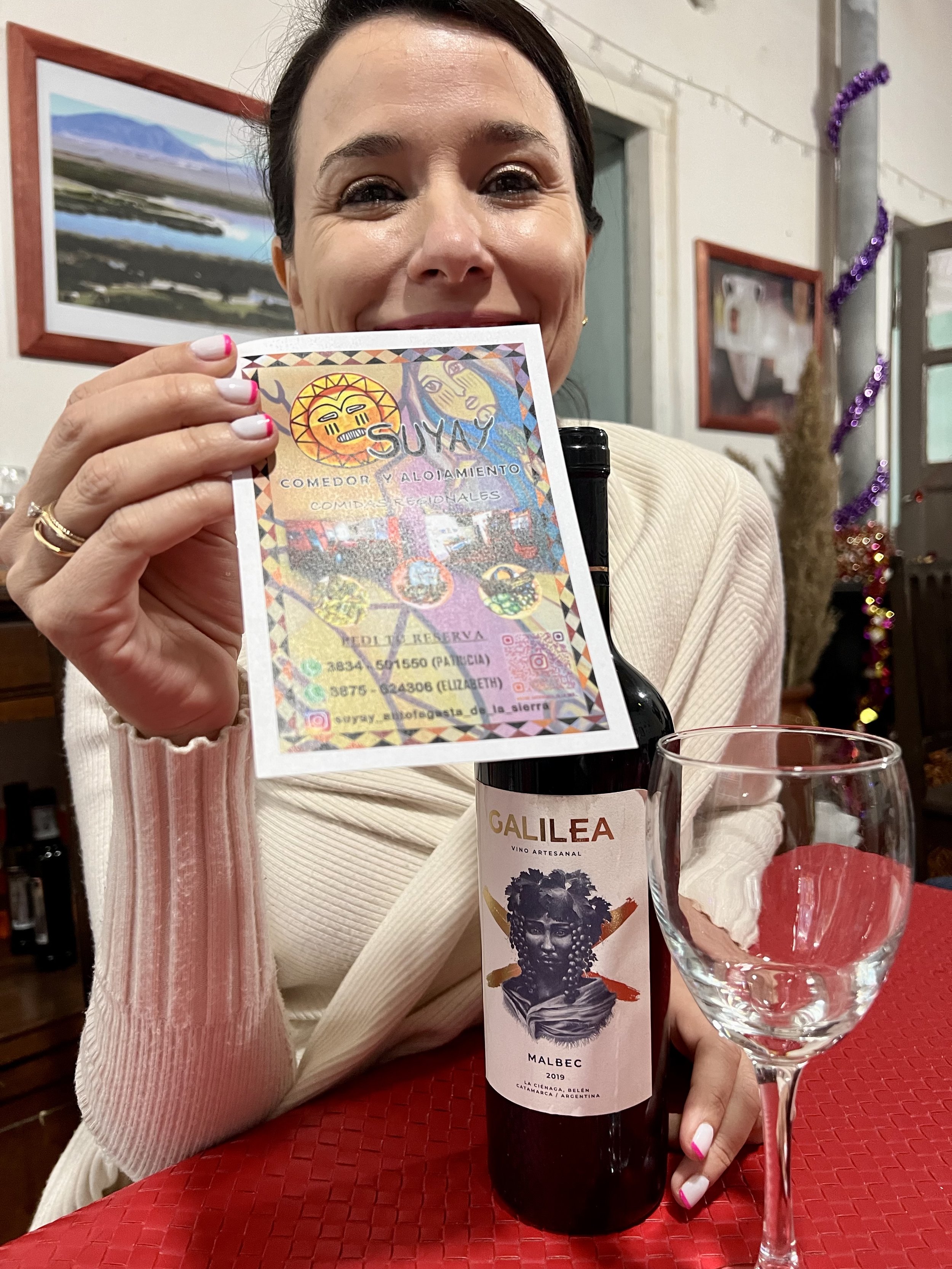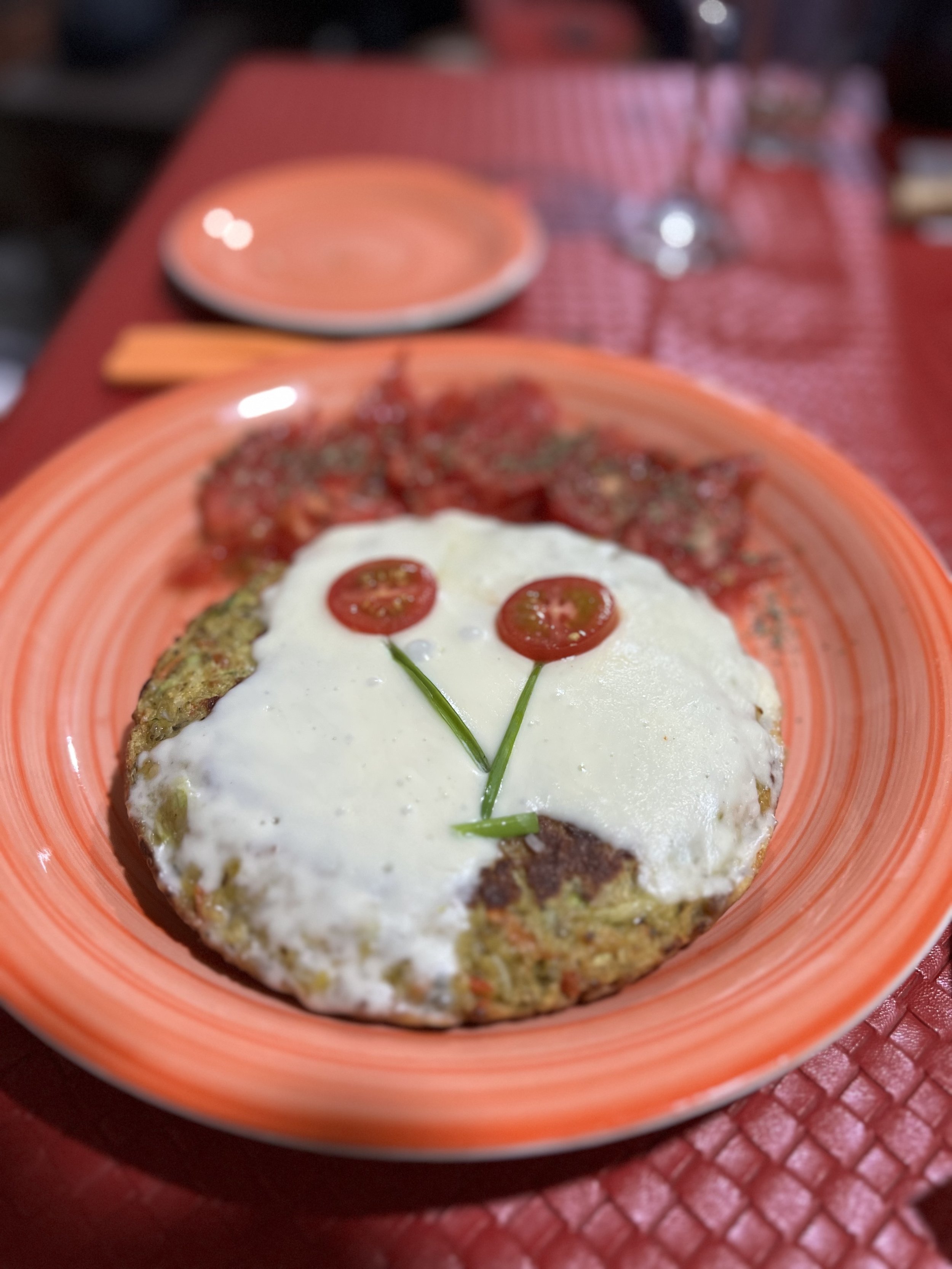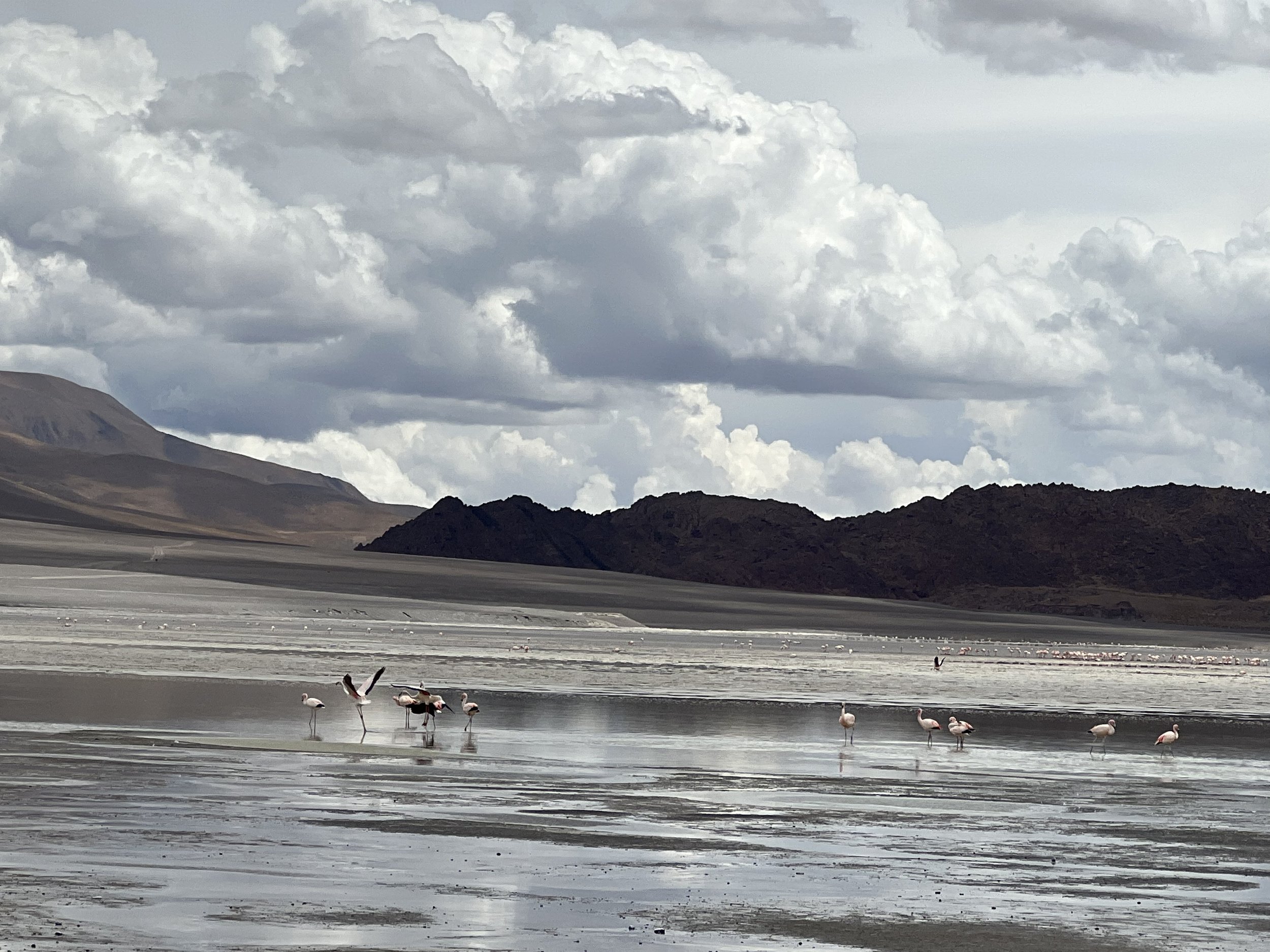Galán Volcano and Laguna Grande
35 thousand flamingos at altitude The anxiety was immense: we would finally visit the famous Galán crater.
Before leaving Antofagasta de la Sierra, we woke up the town baker to buy a big bun with llama fat. We filled our cooler with drinks and then set off with everything we needed for the long journey.
The first stop was at Campo de Las Tobas, to see the petroglyphs on the volcanic ash. Juan Carlos, our guide, told us that they are more than four thousand years old. They are nice drawings of people, snakes and other animals that show the passage of man through this inhospitable place.
We advanced astonished with the landscape softly molded by the lava ash thrown by the Galán some two million years ago, with the mica shining in the sun.
The next stop was at the Quebrada de Mirguaca viewpoint, from where there are impressive views of the canyon of the river of the same name. Impressive formations and at the bottom the small water course meandering.
Contemplating the immensity of the panorama, listening to the overwhelming silence only interrupted by the sound of the water far below our position, we knew that this day would be unforgettable because with those first postcards we felt fulfilled. And there were still a few more to enrapture us….
Then we crossed the Alto del Real Grande. On the side, the castle formations give a sharp profile to the horizon.
We crossed an oasis with an old abandoned post at the edge of the beautiful Real Grande, full of troops of vicuñas and tolas. It was spring, so the animals were enjoying the buds and the fresh water of the river. Maybe that's why we saw so many and so close. Of the several trips that @tripticity_ has been making to the puna, the visit to Volcán Galán was undoubtedly when we were able to observe the largest number of vicuñas.
Having climbed to 4,400 meters above sea level, we got ready to cross the Paso Angosto. Only 4x4 vehicles can cross it. It was opened by English engineers in the early eighties, in expeditions to the Galán Volcano. Impressive, narrow, very narrow, winding between high reddish walls.
Continuing, we passed the Ojos de Real Grande, where the river is born and can only be traversed in times when there is no ice, we arrived at the viewpoint of the Cinco Mil or Pirika viewpoint. It was then that we entered the top of the volcano.
The stop at the majestic viewpoint of Laguna Diamante felt like almost touching the sky. We were almost inside the immense crater of the volcano. And while we were taking pictures, we were surprised by a snowfall, which felt like the universe conspiring for our happiness.
Volcán Galán is huge. Its crater measures about 45 kilometers in diameter. It is in fact the largest volcanic crater in the world. The white of the snow on the peaks of the east face is touching. The shimmering lagoon reflected the serene, fat clouds passing by. On its shores, we saw the first parinas, ducks, teros, guaris (a pure black bird), herons, guayatas with their characteristic black and white bill and plumage. The lagoon is a perfect mirror of salt water with arsenic.
We continue to the fumaroles. Boiling water gushes from the subway water table and the heat is so strong that it generates the photogenic fumaroles of hot steam. The boiling waters, full of sulfur, mark the roadside groove and dye it orange.
At 4,600 meters above sea level we crossed the crater by the length. There followed another big climb up the south face, in which the 4x4 showed its strength, while we said goodbye to the volcano. Below were its three lagoons where peaceful ducks and vicuñas were enjoying themselves.
We continued along the track that surrounds ocher and black mountains while the clouds unloaded the rain and gave way to the sun and the pure blue sky. We climbed to the landslide: it is literally an esplanade full of giant stones that fell down the slope with the eruption. Some of them give the sensation that they will roll at any moment. Immediately our minds took us back in time to the day we crossed Sey.
After the last climb, we crossed some reddish dunes to finally appear in Laguna Grande.
Down below, in the distance, we observed the waters of the immense Puna Lagoon.
Knowing it was a pending of @tripticity_ as it is home to about 35 thousand flamingos, parinas and birds that migrate from the south, taking advantage of the summer heat to feed on its pure water. They leave for the "sea" of Ansenuza in Córdoba at the end of May, returning at the end of August.
On the shores, we found docile vicuñas grazing, adding to the beauty of the landscape.
The sound of the birds was a concert. And their contemplation was an ecstasy, both for their soft and elegant walk, and when they took flight, reflecting their distinguished silhouette in those calm waters.
We stayed there for a while, just enjoying the living nature of the lagoon.
Juan Carlos urged us to continue, so we headed down the road towards, although there were still several landscapes to see.
In that magical scenery, with the flamingo orchestra playing, we opened the gift that a friend of @tripticity_ brought us from France: chocolates from Maison Ladurée, the historic confectionery house, which reminded me of so many walks in elegant Paris.
Next, we drove past Laguna de Cavi and Laguna Escondida, then to the Mirador del Filo, until we reached the small town of El Peñon.
On the outskirts, we stopped at the viewpoint of the Virgen del Valle, found by a local. It is a natural image generated by erosion on the basaltic stone that really resembles the Virgin that captivates the faith of Catamarca.
Before arriving at Antofagasta de la Sierra, we still had several volcanoes to discover. We passed by El Peinado Volcano, Las Papas and finally, the azabache Antofagasta Volcano and Picará or Alumbrera Volcano, just before reaching the town. Those undulating lava formations on the side of the road are amazing.
Arriving at our lodging, the correct and comfortable Pueblo del Sol Inn, we rested only for a short while because we did not want to leave Antofagasta de la Sierra without visiting the Museum of Man, located on the corner of the town square.
That day ended at the Comedor Suyay (which in Quechua means hope) owned by Patricia and Elizabeth, a Tucumán and a Salteña women, who decided to offer tourists both regional and vegan food options. That night we tried their specialties, quinoa omelette with grilled cheese and llama stew, with a wine from Catamarca to toast the majestic Galán Volcano and the impressive Laguna Grande and its countless flamingos.

